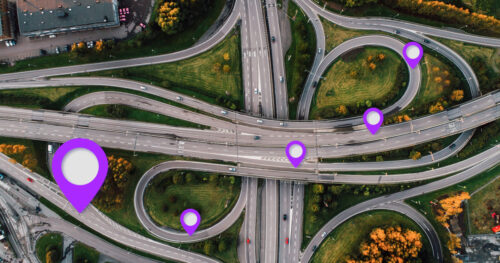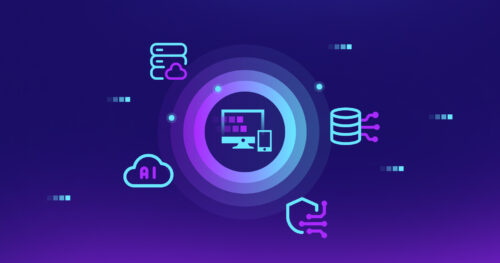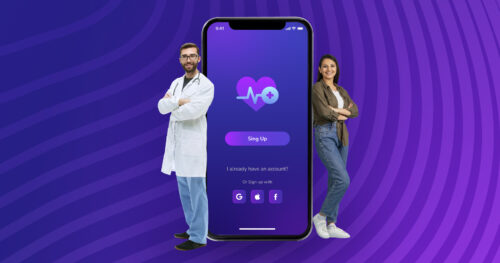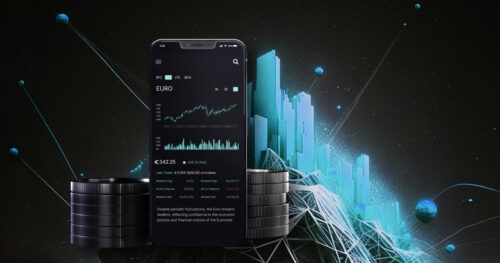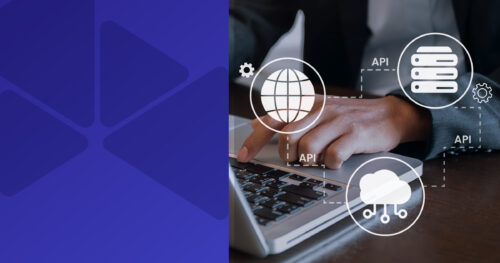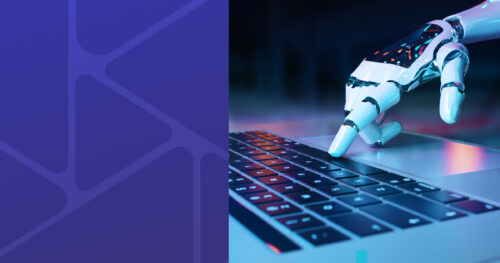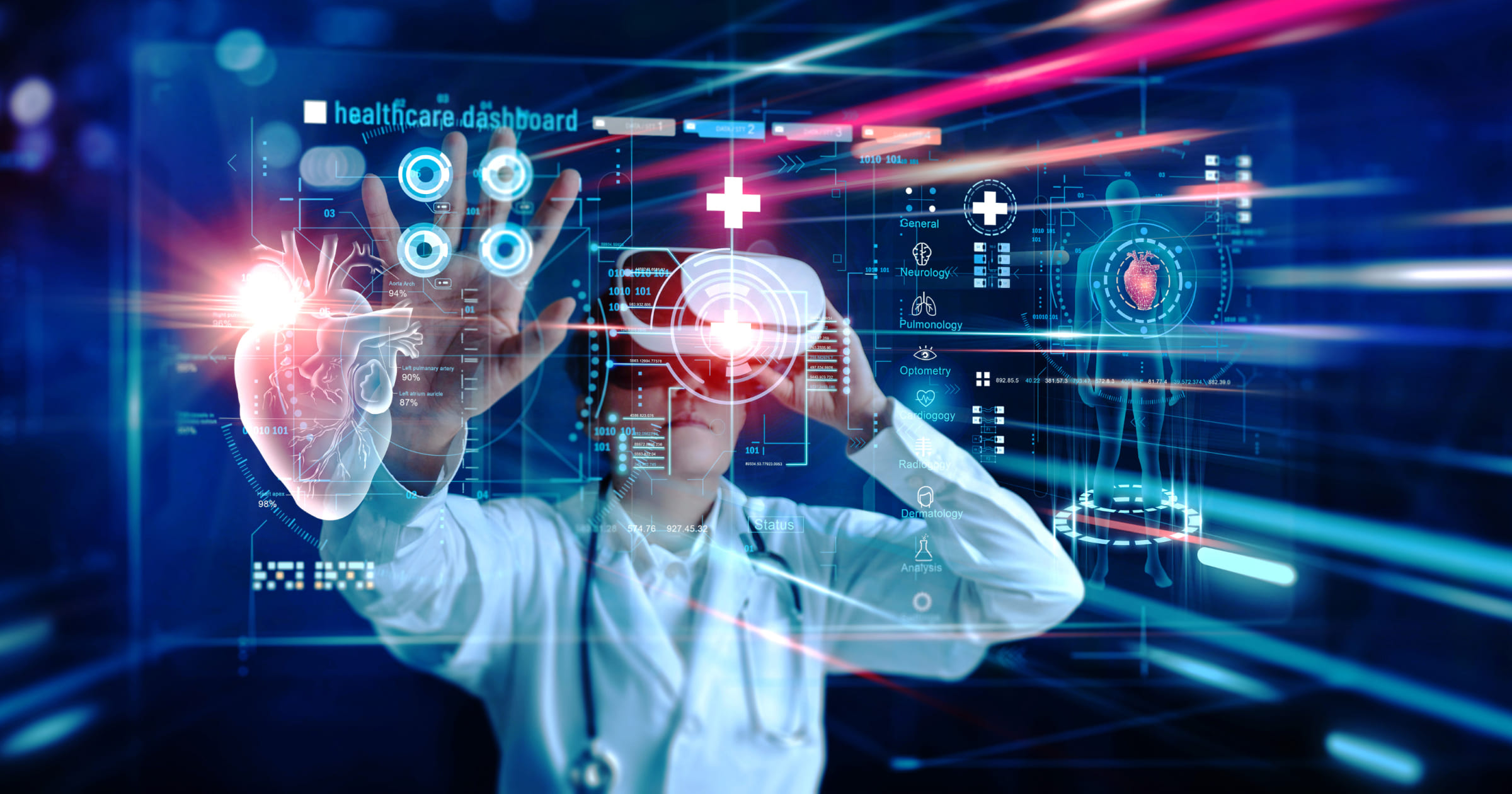Artificial intelligence is a key tech trend in 2023. The McKinsey survey shows that adoption of this technology has more than doubled over the past five years, and the volume of investments has risen accordingly. AI can be applied in pretty much all industries, helping with business transformation, decision-making and modernization of systems and processes. In this article, the team at DigitalMara will take a look at the state of AI and its potential applications.
Google Trends shows a stable interest in AI, with particularly expansive growth from December 2022 to now. In related searches, users are investigating topics such as DALL-E, AI Dungeon video game, GPT-3, Artificial Intelligence art, OpenAI, chatbots, Machine Learning and Intelligence.
According to IDC estimates, global spending on AI will reach $154 billion in 2023, which is 26.9% more than in 2022. In the early days, AI development was dominated by tech giants like Google, IBM, Microsoft and Amazon, but today there are many startups on the market offering AI-powered products and AI technology solutions. In addition, AI is becoming truly accessible to the general public. Everyone seems to be trying the abilities of Midjourney and ChatGPT, for example.
A business survey by PWC identified major objectives that companies are trying to achieve with their AI initiatives.
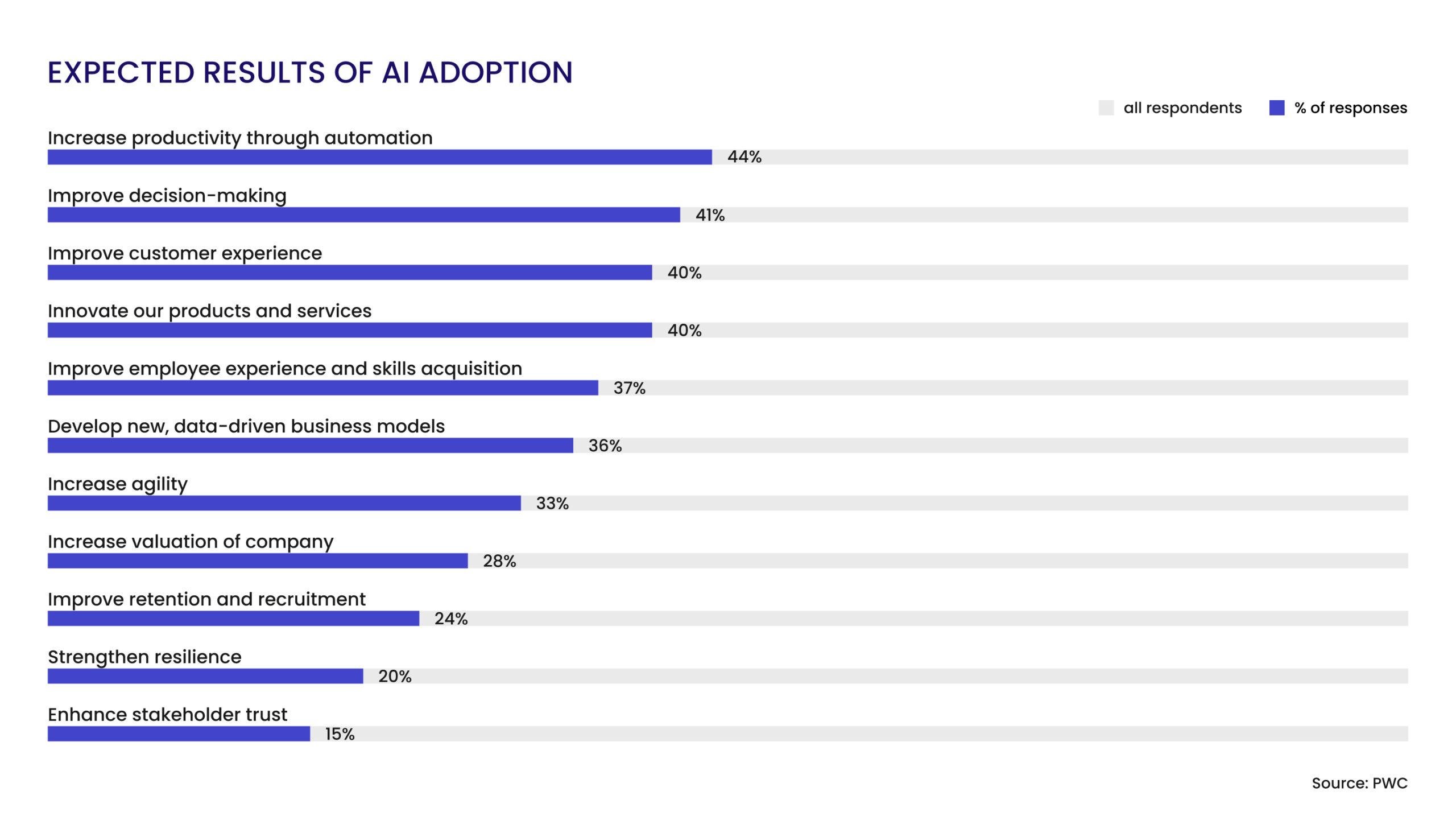
In general, AI can improve a great many processes, including decision-making and the customer experience, building new business models and increasing productivity. This is all due to 3 major technological capabilities:
- Automation of various tasks helps to increase accuracy, reduce errors, and save resources. AI can replace humans in completing repetitive and tedious tasks, as well as activities they are not capable of or do ineffectively.
- Insights from data. With AI, one can collect and analyze large data volumes, identifying patterns and trends. For example, historical data on sales, margins, diseases, diagnostics, and so on.
- Simulation. Using large datasets and AI, it’s possible to create various “what if” scenarios, test hypotheses and see potential outcomes. For example, digital twin technology enables real-time simulation of current and future situations.
Tasks AI can solve
- Creative and generative AI
This is one of the hottest AI applications. From a technological point of view, it means generating new data and content based on existing data sets. In practice it means generating content from text descriptions. It’s possible to get code, text, images, sound and video. Generative AI doesn’t serve only entertainment and art, but also business purposes, such as marketing and content creation. Gartner predicts that 20% of all test data for consumer-facing use cases will be synthetically generated by 2025.
Generative AI models can also be the basis for building Digital Twins, enabling them to improve accuracy, scalability and performance. It makes it possible to use data from multiple sources and build an immersive 3D environment. Such digital twins are suitable for training complex computer vision systems, like those in autonomous vehicles. For medical purposes, it´s possible to create “models” of patients, based on complex clinical data, for the diagnosis and control of diseases such as Alzheimer’s, Huntington’s, and ALS.
- Related to data (entry, processing, analysis)
AI can solve various tasks related to data, especially with high volumes of data — entry, processing, transcribing from one format to another, sorting and organizing.
CitySwift, for example, provides public transportation with a Mobility Intelligence as a Service platform. Using AI and ML algorithms, the company collects and analyzes data from traffic, passenger numbers, routes traveled and other factors. Platform users have access to several dashboards with detailed info and set key indicators. The system makes it possible to explore crucial points in the service system, monitor the performance of drivers, predict passenger demand, and allow operators to make better decisions.
- Prediction and optimization
AI helps to optimize processes and predict outcomes in vast areas, such as weather patterns, irrigation of crops, stock prices and other financial information, demand for products, traffic and much more.
For example, Swiss startup Jua predicts weather conditions precisely, thanks to higher dimensional and temporal resolutions on its data-driven platform. Jua’s prediction model captures an area of 1 square kilometer every 5 minutes and works with more than 15 variables, such as rainfall, air pressure, wind speed and direction.
- Image and video analysis
AI can recognize and identify items, living objects and patterns in images and videos, and also analyze them and detect critical points.
- Healthcare – fast and accurate analysis of medical images for the early detection of diagnosis and treatment of diseases such as tuberculosis, coronavirus pneumonia, breast cancer, and others.
- Security – recognition of a fire, explosion, or unknown person in the property and identification of other potential threats in real-time. Alerts are sent to the specified device.
For example, Prophesee has created and patented an innovative neuromorphic vision system powered by AI and a unique design of sensors. The technology strives to simulate the human eyes and brain. It can be used in industrial automation and autonomous vehicles, healthcare and science, IoT systems, security and surveillance, as well as in AR/VR headsets. The advantages of using sensors and AI include ultra-low latency, reliable response in difficult lighting conditions, energy efficiency, and fast data transfer rates.
- Natural language processing
AI can understand and process human conversation, translate, and generate human-like text. This gives chatbots and virtual assistants power to respond to customers queries, carry out sales and perform other specific tasks. They are capable of remembering and learning from previous conversations and thereafter output more personalized communication. Also, they can use behavioral analytics to adjust embedded conversation flows and automated translation to make chat multilingual.
Chatbots are used in many industries, on messengers, websites and applications; in ecommerce apps for sales and customer support, social apps for fun conversation, healthcare apps for primary diagnostics and recommendations, and educational apps to answer general questions and conduct tests. Chatbots also can assist with a company’s internal processes and play a role in employee services: IT help, employee training, administrative help, HR bots, etc.
In addition to the above, systems can be programmed to insert any written text, and thenread it aloud; AI can also be used to hear and detect the sound patterns of dangerous situations.
- AI-based cybersecurity
According to IBM, organizations that had a fully deployed AI and automation program were able to identify and contain a breach 28 days faster than those that didn’t, saving an average of USD 3.05 million in costs. Even those that only partially deployed AI and automation programs got significantly better results than those that did not.
To improve security, it’s possible to add AI to the following activities:
- Data processing, including quality control, classification, cataloging and integration.
- Vulnerability management, by examining network traffic and identifying patterns of criminal behavior.
- Threat detection using predictive AI, which can forecast which of thousands of warnings carries the greatest risk, and eliminate that threat first.
AI and ethics
There are legitimate fears related to AI, such as the production and misuse of deep fake images and videos. Criminals can use these products for illegal activities such as fraud, slander, blackmail, revenge, coercion or extortion. Another concern is about protecting original and proprietary content. For example, to create paintings in a certain style, AI is trained on the works of real artists which are protected by copyright.
AI should only be deployed following principles of transparency, safety, and responsibility. This applies to both sensitive data collection and decision-making. For instance, AI systems can be subject to incorporating bias that leads to discrimination and unfair treatment in decision-making.
Starting in 2020, many authorities are working on creating regulations for the use of AI:
- An AI law created by the New York City Department of Consumer and Worker Protection requires that HR automated tools must pass a bias audit before being put into use. Candidates and employees should be informed that they may be assessed using AI.
- The EU is working on refining the AI Act, which is expected to accompany GDPR policy and attain the status of international law. The law classifies AI tools according to their estimated risk level, from low to unacceptable. It refers to content, predictions, recommendations and decisions influencing various environments.
Final words
AI penetrates all industries, making it possible to enhance efficiency, reduce costs and improve the customer experience. Companies using AI can gain a significant competitive advantage in the market.
DigitalMara can be your reliable partner in building smoothly working AI solutions for various purposes. We have vast experience in developing intelligent chatbots, combining Machine Learning, NLP, speech recognition, text analytics, and automation. Our developers can build customized chatbots that fit your business needs.
Our experience is proved by references. DigitalMara is recognized on one of the leading BSB marketplaces DesignRush. We showcase our successful projects and get feedback from our clients.












